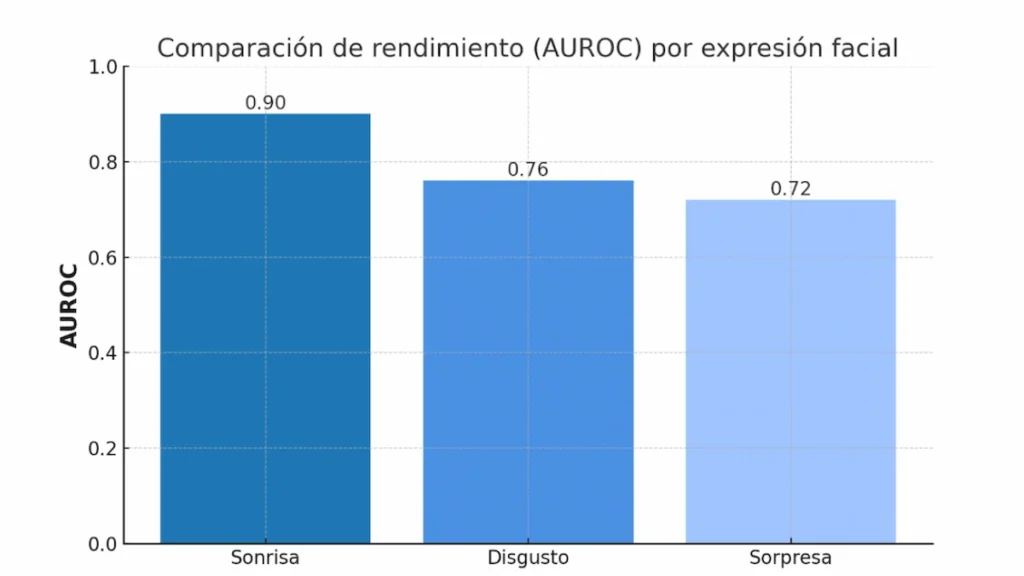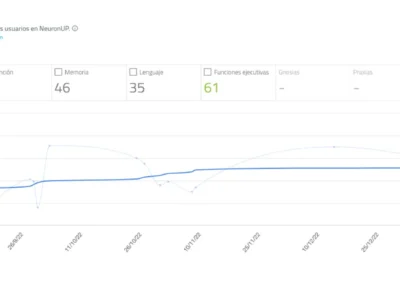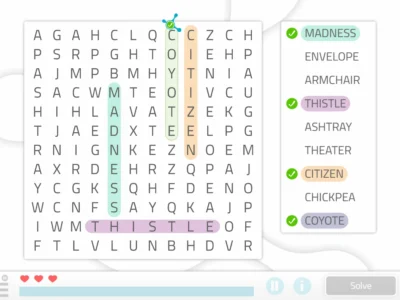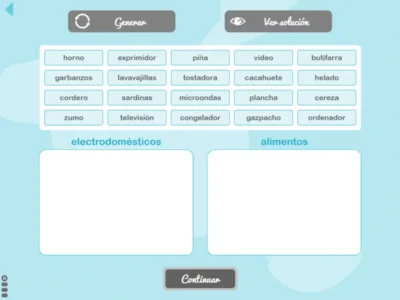PhD candidate Marta Arbizu Gómez explains in this article the recent study “AI-Enabled Parkinson’s Disease Screening Using Smile Videos”, which presents the smile as a digital biomarker for Parkinson’s.
Why do we need accessible screening methods for Parkinson’s?
The Parkinson’s disease (PD) is the fastest-growing neurodegenerative disorder worldwide, affecting more people each year and creating a profound impact on patients, their families, and healthcare systems.
Current diagnosis depends on motor symptoms such as tremor and rigidity, which usually manifest in advanced stages, when there is already significant loss of dopaminergic neurons. Added to this is the difficulty of access to specialized neurologists, especially in rural areas or in low-resource countries.
Having a simple, affordable tool that can be applied remotely would allow:
- Detect early signs of the disease and enable early interventions.
- Expand the reach of screening in populations with limited access to specialists.
- Reduce costs and logistical barriers, leveraging everyday devices like smartphones or webcams.
How was the research conducted?
A recent study published in NEJM AI proposes using artificial intelligence (AI) to analyze smile videos to identify potential Parkinson’s cases.
The researchers recruited 1,452 participants from different parts of the world, including the U.S. and Bangladesh. Of them, 391 people had Parkinson’s disease (300 clinically diagnosed and 91 self-diagnosed).
Each person recorded short videos performing three facial expressions: smile, surprise, and disgust. From these videos, key facial features were extracted using advanced tools such as OpenFace and MediaPipe. Features of interest included mouth opening, facial muscle activation, and eyebrow movements.
With the obtained information, machine learning models (HistGradientBoost models) were trained to distinguish between people with and without Parkinson’s, focusing on smile analysis.

Subscribe
to our
Newsletter
What do the key results reveal?
The results were especially promising for the following reasons:
- Overall accuracy in internal validation: 88%.
- Sensitivity (ability to correctly detect PD cases): 77%.
- Specificity (ability to correctly exclude non-PD cases): 91%.
- Negative predictive value (NPV): 93% (very useful for ruling out the disease).
In external tests conducted in the U.S. and Bangladesh, accuracy ranged between 80% and 85%, remaining competitive with the accuracy achieved by some specialists.

An interesting finding is that the smile turned out to be the most discriminative expression, outperforming surprise and disgust. Additionally, the analysis did not show significant sex or ethnicity biases in most datasets.
Therefore, the use of facial expressions in Parkinson’s screening may represent a useful tool.

What are the implications for clinical practice?
The study demonstrates AI’s potential to transform early Parkinson’s screening. Notable applications include:
- Remote and accessible screening: people in rural areas or without access to neurologists could record a simple video from home and receive a preliminary assessment.
- Reduce congestion in specialized clinics: prioritize referrals to neurology for cases with a higher likelihood of disease.
- Complementary monitoring: although it does not replace a clinical diagnosis, it could serve as additional follow-up in telemedicine programs.
How does this advancement relate to NeuronUP?
At NeuronUP we develop stimulation and cognitive rehabilitation programs based on scientific evidence. Incorporating technologies that analyze digital biomarkers such as facial expressivity opens the door to:
- Personalization of interventions according to the degree of motor and cognitive impairment.
- Early detection, allowing rehabilitation programs to be started earlier and maximize their effectiveness.
- Multidisciplinary integration, combining digital assessment and cognitive stimulation for a more comprehensive and continuous approach.
Conclusion
The smile, a universal and seemingly simple gesture, can become a powerful tool for early detection of Parkinson’s disease thanks to artificial intelligence. This pioneering approach not only brings diagnosis closer to more people but also lays the groundwork for a future where technology and rehabilitation work hand in hand to improve the quality of life of those living with this disease.
References
- Adnan T, Islam MS, Lee S, et al. AI-Enabled Parkinson’s Disease Screening Using Smile Videos. NEJM AI. 2025;2(7). doi:10.1056/AIoa2400950.
If you enjoyed this blog post about the smile as a digital biomarker for Parkinson’s, you will likely be interested in these NeuronUP articles:
“This article has been translated. Link to the original article in Spanish:”
Cribado temprano del párkinson con IA: la sonrisa como biomarcador digital







 How ZV Psychology and Neuropsychology use NeuronUP for cognitive rehabilitation of brain injury and dementias
How ZV Psychology and Neuropsychology use NeuronUP for cognitive rehabilitation of brain injury and dementias
Leave a Reply